
How to choose catalyst support ball?
The choice of catalyst support ball needs to consider the use of temperature, pressure conditions, catalyst load requirements, reactor type and fluid flow mode and other factors, the correct selection and operation can save costs at the same time, but also improve the service life of the catalyst support ball.
Key points to consider when selecting catalyst support balls:
Temperature range
If the reaction is carried out in a high temperature environment, such as the catalytic cracking reaction in petroleum refining, the temperature can be as high as 500-600 °C, it is necessary to select a support ball with a high melting point and good thermal stability. The alumina (Al₂O₃) support ball, whose melting point exceeds 2000°C, can maintain structural stability at high temperatures, and will not soften or sintering phenomenon, so as to ensure the effective bearing of the catalyst and the smooth progress of the reaction. For low temperature reactions, although the thermal stability requirements are relatively low, the physical property changes of the supporting ball at low temperatures should also be considered. For example, some materials may become brittle at low temperatures, so choose a support ball that can still maintain sufficient mechanical strength in this low temperature range.
Pressure condition
In high-pressure reactions, such as synthetic ammonia reactions, it is usually operated at a pressure of 10-30MPa. At this time, it is necessary to choose a support ball with high mechanical strength to withstand high pressure without breaking. Ceramic support balls (such as zirconia support balls) often have high compressive strength and can adapt to this high-pressure environment. Its structure can effectively disperse the pressure and protect the catalyst from damage under high pressure.
For low pressure reactions, the mechanical strength requirements of the support ball can be appropriately reduced, but the pressure fluctuations that may occur during the reaction must also be taken into account.
Chemical properties of reaction medium
If the reaction medium is acidic, as in some acid-catalyzed organic synthesis reactions, the reaction solution may be strongly acidic. At this time, a support ball with good acid resistance should be selected, such as a specially treated carbon material support ball, whose surface can resist acid erosion and avoid the destruction of the chemical structure of the support ball, so as to ensure that the catalyst can be stably attached to it.
For alkaline reaction media, similarly, the support ball with good alkaline resistance should be selected. In some REDOX reactions, the reaction medium may have strong oxidation or reducibility, so the supporting ball material itself should have the ability to resist oxidation or reduction to prevent the loss of performance by oxidation or reduction.
Catalyst loading requirement
Some catalysts require high load capacity, which requires high porosity of the supporting ball. For example, for some precious metal catalysts (such as platinum, palladium), in order to make full use of the catalyst and reduce costs, the catalyst needs to be highly dispersed on the support ball. The high porosity alumina support balls (up to 40%-60% porosity) provide enough space to load a large number of catalysts and facilitate the diffusion of reactants and product molecules in the pores.
At the same time, the size of the aperture of the supporting ball is also important. If the catalyst particle is large, it is necessary to select a support ball with a larger pore diameter to ensure that the catalyst can enter the pore interior; If the catalyst particles are small, the support ball with a smaller aperture can provide a larger specific surface area to support the catalyst while preventing catalyst loss.
Interaction between catalyst and support ball
The ideal situation is that there is a good adhesion between the catalyst and the supporting ball. For example, some catalysts contain metal active ingredients, and when carbon nanotubes with active functional groups are used to support the balls, these functional groups can be combined with the metal catalyst through chemical bonding or strong physical adsorption, so that the catalyst is firmly attached to the support ball, avoiding the catalyst to fall off or migrate during the reaction.
In addition, it is also necessary to consider whether the chemical properties of the supporting ball surface will affect the activity of the catalyst. Some support balls may contain impurities or have chemically active sites on their surfaces, which may chemically react with the catalyst and alter the activity of the catalyst. Therefore, it is necessary to choose a support ball with pure surface properties and will not negatively affect the activity of the catalyst.

Reactor type and fluid flow mode: In a fixed bed reactor, the shape and size of the support balls have a large impact on fluid distribution. Because of its regular shape, the spherical support ball can form a more uniform void structure when filling the bed. The proper ball diameter can make the fluid pass evenly in the bed, reduce the channel flow and dead zone phenomenon. For example, for a fixed bed reactor for gas-solid reactions, a smaller diameter (e.g. 3-5mm) support ball can provide a larger specific surface area, which facilitates uniform gas distribution and adequate contact with the catalyst.
In the fluidized bed reactor, the supporting ball needs to have a suitable density and particle size to ensure that it can achieve a good fluidization state under the action of fluid. If the support ball density is too large, it may be difficult to fluidize; If the particle size is too small, it may be carried by the fluid out of the reactor. Therefore, the appropriate support ball should be selected according to the properties of the fluid (such as density, viscosity) and the fluidization requirements of the reactor.
Effect on fluid resistance
The presence of a supporting ball creates some resistance to the fluid. In the selection, the effect of this resistance on the reaction process should be considered. If the resistance is too large, the pressure drop of the fluid through the reactor will increase, and higher power will be required to maintain the flow of the fluid. For example, in some large-scale industrial reactions, excessive pressure drops can increase energy consumption and operating costs. Therefore, it is necessary to choose a support ball with less resistance to the fluid under the premise of meeting the catalyst load and reaction requirements. The pressure drop of different support balls under the same fluid condition can be measured experimentally to evaluate its influence on the fluid resistance.



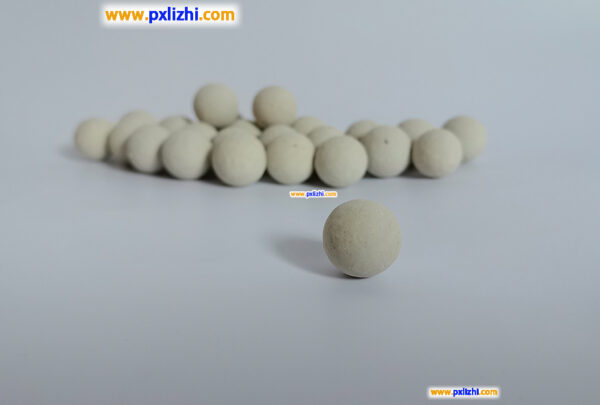
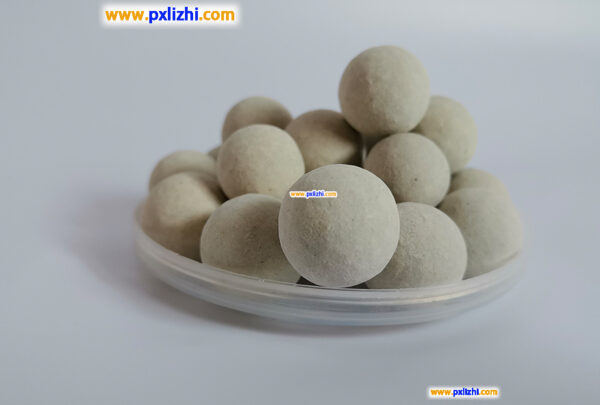
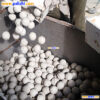
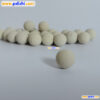
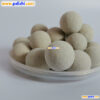
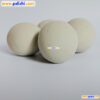
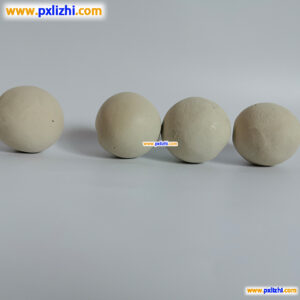

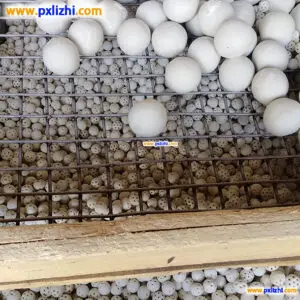

Reviews
There are no reviews yet.